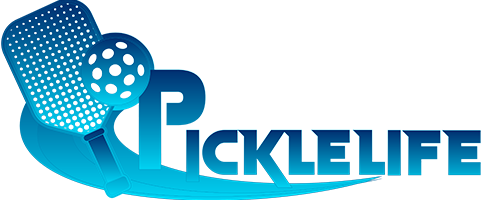Pickleball Backhand Drills: Mastering the Art of the Backhand
The world of pickleball thrives on finesse, strategy, and skill, and one of the most crucial aspects of this exciting game is the backhand stroke. Imagine stepping onto the court, paddle in hand, and feeling the rush of adrenaline as you prepare to engage in an intense rally. Your backhand could be the deciding factor between a thrilling point or a missed opportunity. To excel in this sport, mastering the nuances of your backhand is essential. This article delves into the importance of the backhand in pickleball, essential techniques to get started, beginner pickleball backhand drills, common mistakes, as well as how to build confidence and elevate your backhand game to new heights.
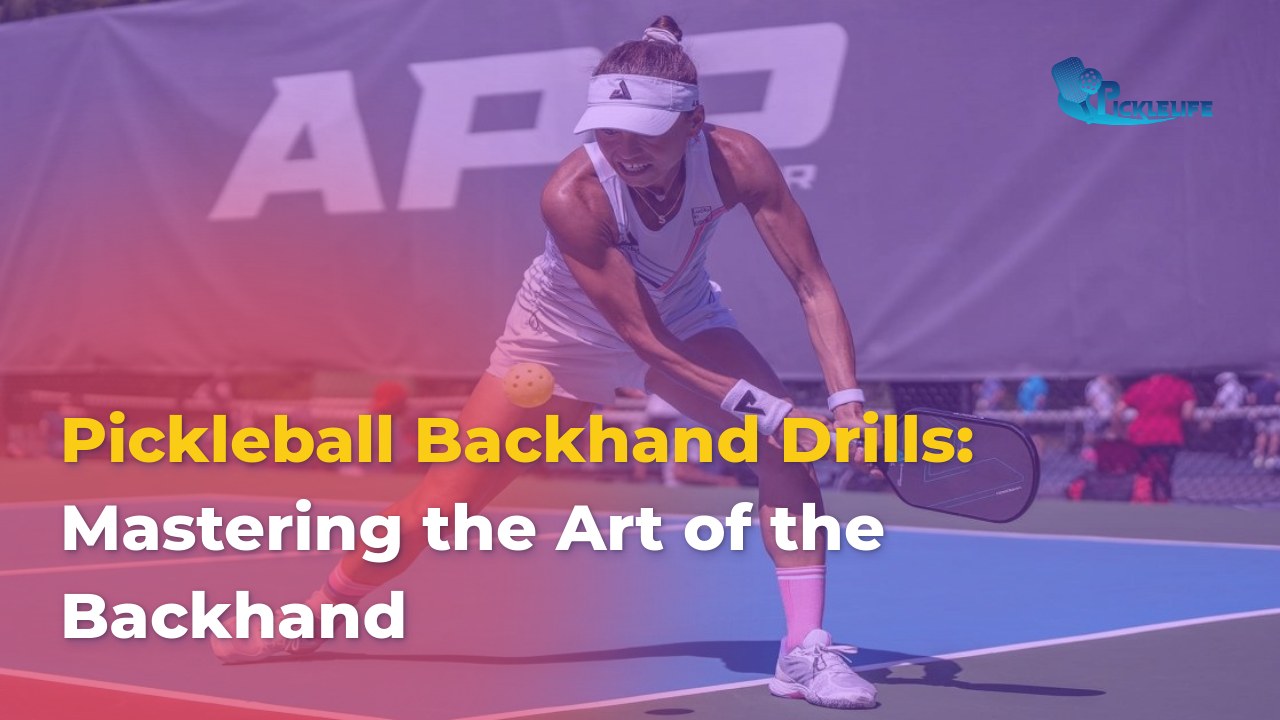
Why is the backhand so important in pickleball?
A well-rounded pickleball game hinges on the ability to execute a strong backhand. It’s not just another shot; it’s a gateway to various tactical options, empowering players to launch offensive moves while maintaining solid defensive play. For instance, think of the backhand as a double-edged sword, capable of slicing through your opponent’s defenses or securing vital points during crucial exchanges.
There are several types of backhand shots that players need to master to harness this power fully. These include:
- Drives: High-speed strokes directed to your opponent, aimed at winning points quickly.
- Dinks: Soft, skillful shots designed to place the ball just over the net, often used in strategic play.
- Volleys: The swift interactions that occur right at the net, where agility and precision can turn the tide in your favor.
- Resets: Shots that bring the ball back into the player’s control, allowing them to formulate a response strategy.
Mastering these various backhand shots not only strengthens an individual player but can also enhance team dynamics in doubles matches. The ability to execute a versatile backhand opens numerous strategic avenues, stunning opponents and creating opportunities for powerful returns.
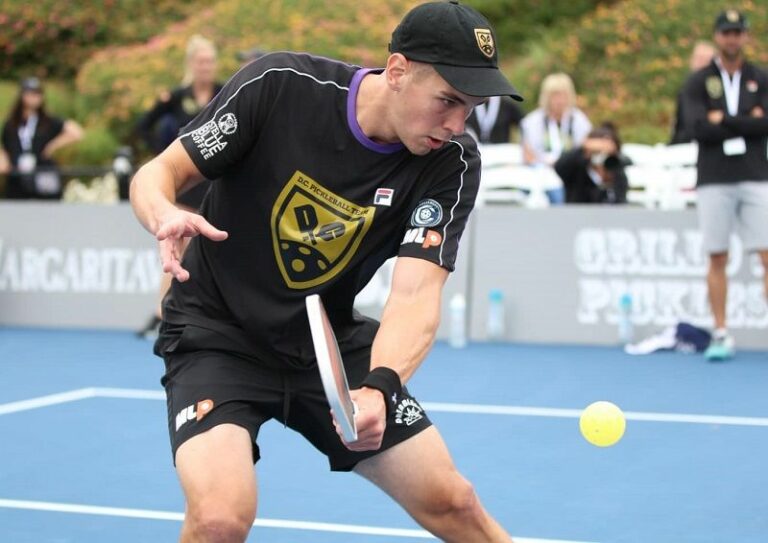
Getting started: Essential backhand techniques
To embark on your journey toward mastering the backhand stroke, you must first understand and perfect essential techniques, including grip, stance, and footwork. These foundational elements serve as the bedrock upon which a robust backhand is built.
Choosing the right grip
Selecting the correct grip is paramount in shaping your backhand execution. The continental grip and eastern backhand grip are two primary grips that serve different purposes. Understanding their uses can significantly influence your game performance.
- Continental Grip: This grip allows players to achieve versatility by accommodating various shot types like slices, dinks, and volleys. To attain this hold, place the base knuckle of your index finger on the second bevel of the paddle handle. This grip translates well across multiple shot mechanics, providing fluidity and adaptability.
- Eastern Backhand Grip: This grip specializes mainly in drives, solidifying your ability to deliver powerful strokes. For the eastern backhand grip, the base knuckle of the index finger should rest on the third bevel. It creates the necessary angle for explosive shots, ensuring you maintain precision under pressure.
The choice between these grips depends on individual playing style and the demands of each backhand shot. The wrong grip can lead to complications, while the right one can elevate your performance significantly.
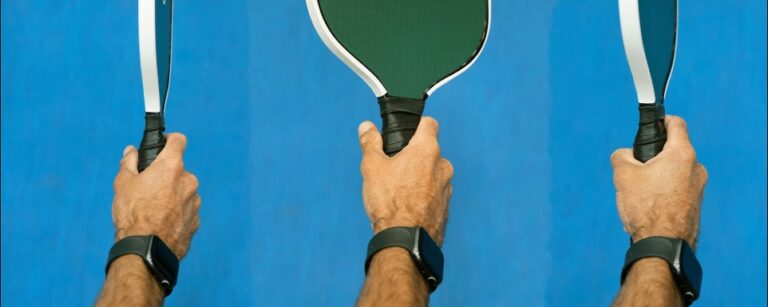
Mastering your stance and footwork
Once you have settled on a grip, the next vital element is your athletic stance and footwork. Ideally, the stance should be slightly bent at the knees with your feet shoulder-width apart, ensuring stability and readiness.
As the ball approaches, adjust your footwork dynamically to position yourself properly for the backhand shot. A common pitfall is being static, which often leads to poorly executed strokes and missed opportunities. Instead, aim for fluid movements that enable you to reach the ball while maintaining balance.
- Footwork Tips:
- Stay light on your feet; this allows for quick pivots.
- Use small, shuffling steps to adjust your position.
- Focus on your balance by centering your weight over your feet.
Perfecting these essential techniques will create a solid foundation for your backhand and significantly enhance your overall performance on the court.
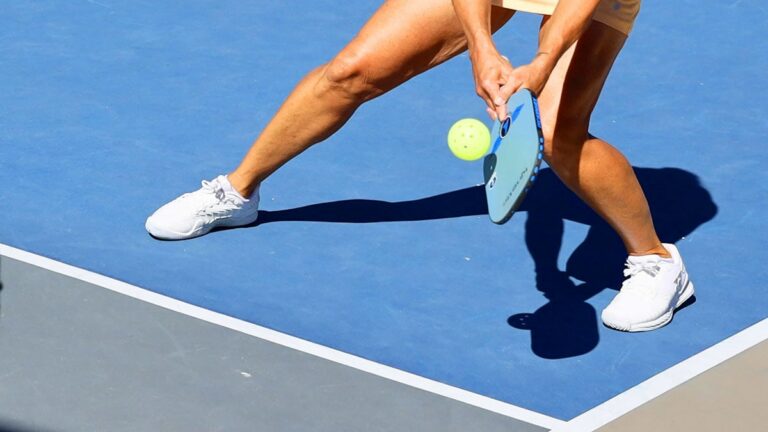
Pickleball backhand drills for beginners
Once you’ve grasped the fundamental techniques, it’s time to put them into practice through targeted drills. Whether working solo or with a partner, these backhand exercises will help you solidify your skills and build your confidence.
Solo drills: Backhand practice without a partner
Engaging in wall drills is an excellent method for honing your backhand without needing a partner. These exercises allow you to focus on consistency, control, and developing muscle memory.
- Step-by-Step Instructions for Wall Drills:
- Find a flat wall with enough space for a comfortable swing.
- Stand two to three feet away from the wall and choose a backhand shot type (e.g., drive, slice).
- Start by practicing your swing mechanics while targeting a specific spot on the wall.
- Focus on follow-through and recovery, preparing for the ball’s return.
In addition to wall drills, incorporating drop feeds can help isolate and practice swing mechanics effectively. This drill involves dropping the ball and executing the backhand stroke in a controlled environment, emphasizing proper timing and technique.
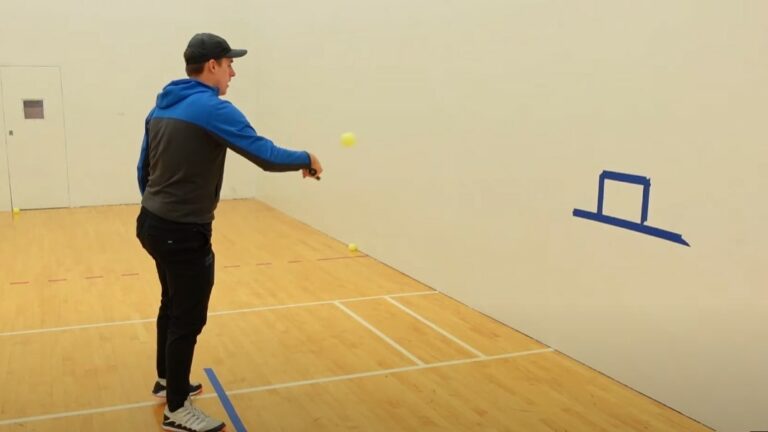
Partner drills: Developing backhand skills with a partner
Working with a partner can further enhance your backhand skills through collaboration and competitive spirit. One effective approach is to practice dinking drills, focused on backhand-to-backhand exchanges.
In dinking drills:
- Setup: Stand close to the kitchen line with your partner, positioned opposite.
- Execution: Alternate shots, emphasizing control over direction, height, and speed. Ensure that you communicate effectively with your partner regarding shot preferences.
Another valuable partner drill is the backhand rally drill. This exercise emphasizes specific backhand shots from various court positions, improving shot placement and response timing. Set up your rally to focus on drives and drops, and remember to maintain open communication and effective shot selection throughout the exchange.
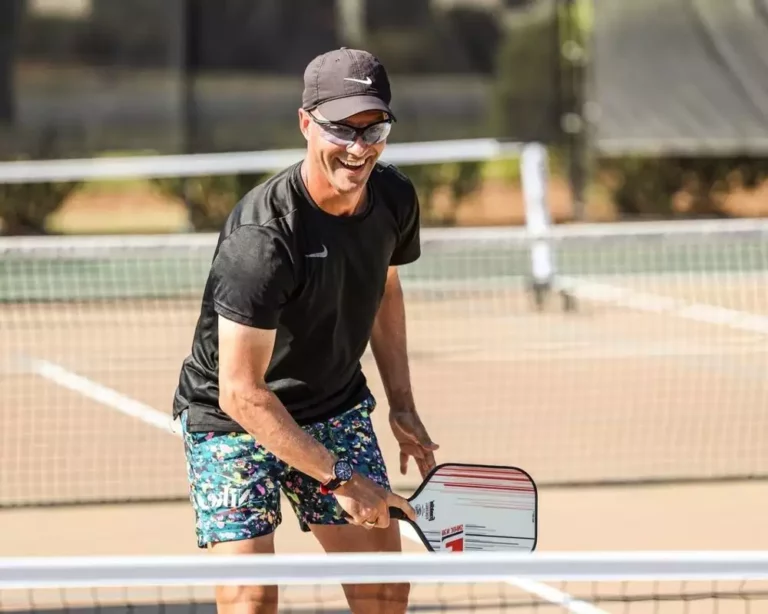
Common backhand mistakes (and how to fix them)
Despite your best efforts, beginners often grapple with common backhand mistakes that can hinder progress. Understanding these pitfalls is the first step toward overcoming them.
Common Backhand Mistakes:
- Incorrect Grip: Using the wrong grip can lead to poor shot execution.
- Correction: Identify the appropriate grip for the type of shot you’re attempting.
- Lack of Shoulder Turn: Neglecting to turn your shoulders can limit power.
- Correction: Rotate your shoulders to generate momentum and strength.
- Using the Wrist for Power: Relying on wrist action can lead to inconsistency.
- Correction: Focus on power generation through shoulder rotation.
- Hitting Too Close to the Body: A bent arm often results in reduced control.
- Correction: Maintain an extended arm with proper spacing.
- Over-Rotating: Excessive rotation can disrupt balance and shot effectiveness.
- Correction: Concentrate on controlled rotations, emphasizing balance.
By identifying and actively working on these mistakes, players can significantly improve their backhand stroke and overall gameplay.
Building confidence in your backhand
The journey to mastering your backhand is as much a mental game as it is a physical one. Building confidence in your backhand can transform your approach to the game, enabling you to view challenges as opportunities for growth.
Tips for Overcoming Backhand Fear:
- Start Simple: Begin with basic drills and gradually incorporate more challenges.
- Focus on Contact: Concentrate on making solid contact with the ball rather than hitting it hard.
- Celebrate Small Wins: Acknowledge your progress and improvements, no matter how minor.
- Visualization: Picture successful backhand shots to boost confidence and mental clarity.
Cultivating a positive mindset surrounding your backhand will invite growth, patience, and resilience. The more you dedicate yourself to consistent practice, the more confident you will become in your abilities.
Taking your backhand to the next level
As you progress beyond the basics, the time will come to hone more advanced techniques and strategize effectively for game situations.
The Backhand Roll (or Flick)
One of the most exciting advanced shots to master is the backhand roll, which can elevate your dinking game during competitive rallies. This shot allows players to apply precision and spin while engaging with opponents more strategically.
- Execution Steps:
- Begin in an athletic stance, holding the paddle with the right grip.
- As the ball approaches, prepare to roll your paddle in a fluid motion rather than flicking your wrist.
- Focus on the correct angle of your paddle to achieve the desired spin and direction.
Common mistakes to avoid include flicking your wrist instead of fluidly rolling your paddle. Additionally, maintain a correct paddle angle to effectively apply the intended spin. Excelling at the backhand roll can instill a sense of power in your gameplay, catching your opponent off-guard.
Backhand Strategy in Doubles
In a doubles setting, the backhand can play a crucial role in establishing dominance on the court. Understanding how to leverage your backhand can improve communication with your partner, enhance court positioning, and heighten your ability to anticipate opponents’ shots.
Remember that successful doubles play requires collaboration and strategy engaging your partner in your backhand play leads to stronger team dynamics and more effective gameplay.
Conclusion
Mastering the intricacies of the backhand in pickleball is an undertaking that involves dedication, practice, and a willingness to learn from both successes and setbacks. As you absorb the strategies, techniques, and drills discussed in this article, you will find yourself evolving into a more formidable player. Embrace your backhand as an opportunity for continuous growth, and remember that improvement comes with time, patience, and practice. Through consistent commitment, your backhand will become a powerful weapon in your pickleball arsenal, unlocking a world of strategic possibilities on the court.
